By Allyn Vannoy
IN a house in a small, nameless Belgian village, 26-year-old Sergeant Tom Myers, a newly assigned member of the 5th Armored Division, was upstairs changing his filthy uniform for a fresh one. One of the other GIs was Carl Nimnicht, who was preparing food for the group in the kitchen of the house. When Nimnicht called him to come down for chow, Tom stopped what he was doing and headed downstairs.
He was about halfway down the stairs when the house was suddenly violently jolted as German gunners dropped several artillery rounds on the village. Myers managed to make his way down to the kitchen where he found his four companions on the floor, shaken up, but otherwise all right. A shell had landed in the street in front of the house.
Returning upstairs, Myers found a large hole in one wall and a pile of rags and wood scraps that had been the bed he had been sitting on just moments earlier.
That evening, the unit’s field kitchen had been set up in a small pasture below the house. Myers and the other GIs had been through the chow line and were sitting on the grass eating when they heard a swishing sound, followed by an explosion in a gully just below them. Many of the men got up and ran for the protection of nearby houses. Myers stayed in place but was now hugging the ground.
The force of the explosion, the blast wave, had passed over them due to the contour of the hill where they sat; the explosion was determined to have been that of a V1 “Buzz Bomb.” The Germans had turned to using the V1 rockets, also used to bombard England, in an effort to strike targets just behind the front. Everyone wondered if the next rocket would be a direct hit.
It was December 16, 1944, and the start of the Germans’ Operation Wacht am Rhein—better known today as the Battle of the Bulge.
Tom Myers was born on November 10, 1917, on a wheat farm about 10 miles east of Lodi, California, some 40 miles southeast of Sacramento. The youngest of seven children, he was delivered by a horse-and-buggy doctor.
When he was just a few months old, his father moved the family north to the state of Washington, where he built an auto repair shop and a blacksmith shop—covering both modes of transportation in those days when many people were still making the switch from teams of horses to automobiles and tractors. In October 1926, they moved again, this time to Oregon farm country—the Willamette Valley.
In the winter of 1928-29, Tom’s father bought a large dairy and fruit farm, placing the family deeply in debt. In the fall of 1929, as the stock market crashed and the economy collapsed, the Great Depression loomed, and Tom’s family, like many others, faced financial ruin.
Tom was just completing the eighth grade with hopes of eventually graduating high school and attending Oregon Agricultural College (now Oregon State University). However, midway through his first year of high school, Tom’s older brother left the farm; his father lacked the stamina to perform the hard work of running a farm and had no money to hire help. So, Tom had to leave school at age 14.
When Tom’s mother died in 1937, and the other children were grown and gone, it was just Tom and his father left on the farm. In the spring of 1940, they scaled back farm operations and Tom left to begin working at a local cannery, soon becoming a supervisor. He married on July 12, 1940.
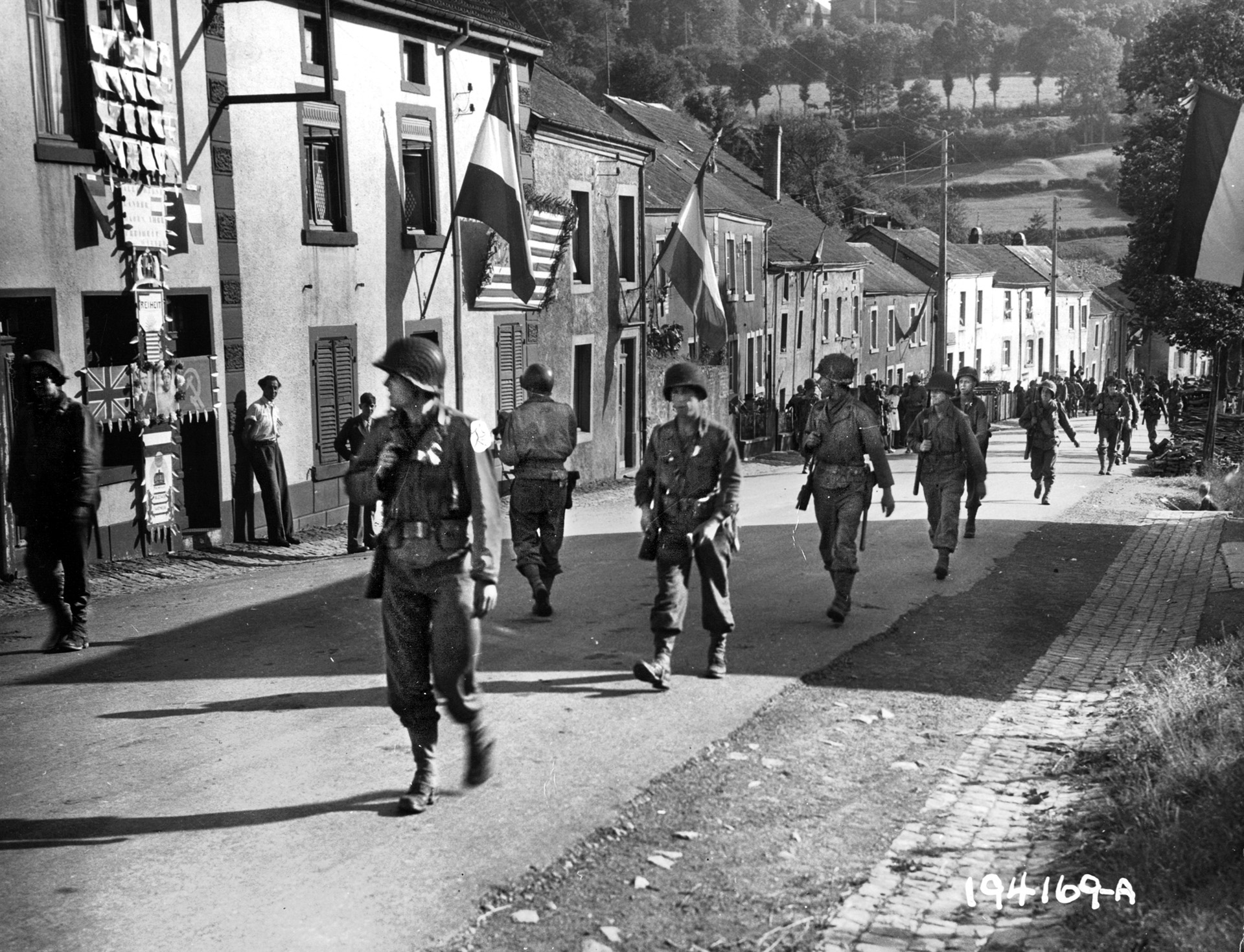
Following the attack on Pearl Harbor, December 7, 1941, Tom considered joining the Army immediately, but at the time he was a foreman at the cannery that was processing fruits and vegetables for the Army and Navy. The cannery’s manager convinced him that he was more valuable to the war effort at home than in uniform. His wife felt the same, so his manager obtained a draft deferment for him.
When Tom changed jobs in January 1944, his deferment no longer applied, and he became eligible for the draft. When he received his “call up,” he felt a certain a sense of relief from guilt. Tom recalled: “I was not unhappy about being drafted, as I had been feeling for some time that I should be in there, doing my part.”
He was inducted into the Army on March 4, 1944—at age 26 an “old man” by Army standards.
In August 1944, after completing 17 weeks of basic and infantry training, where he qualified as an “Expert” with the M-1 Garand rifle and “Sharpshooter” with the Browning Automatic Rifle (BAR), he was given a 10-day furlough home. After the furlough, he boarded a train for Fort Meade, Maryland, leaving behind his wife and baby daughter.
On September 1, he and other replacement soldiers boarded the SS Ile de France, a passenger liner converted into a troop transport, headed for Scotland, then on to Southampton and across the English Channel to Omaha Beach. From there, he and other replacements were trucked to a replacement depot in Belgium.
Myers, along with 50 or so replacements, was sent to the 5th Armored Division, positioned at a small Belgian village about two or three miles behind the front lines.
While waiting to be sent forward, Myers and four others made themselves “at home” in a vacant house. One of the other GIs was Carl Nimnicht, who Tom got to know while at Fort Meade. That was the day when German artillery shells rocked the house—his “baptism of fire.”
During his first few days with the 5th Armored Division unit, Myers became friends with several members of the company and would have liked to have stayed with them, but orders arrived directing him to report to the “repple depple” (replacement depot) for reassignment.
The next morning, instead of being assigned as a rifleman, Myers was sent to a headquarters unit and assigned to repair lines for field phones. At night, he was assigned to guard the company CP (command post) near the north end of the village. It was while guarding the CP that Myers had his first face-to-face encounter with two German soldiers as the individuals approached the CP—deserters who wanted to surrender.
Next, Myers received orders to report to the 28th Infantry Division, commanded by Maj. Gen. Norman Cota. Arriving at a division assembly area, he and other replacements were told to file past a pile of supplies and take as many K-rations and as much ammunition as they could carry—a portent of things to come.
They assembled along a muddy, rutted road and then started into the woods, which was part of the dreaded Huertgen Forest—where many units of the American First Army had suffered heavy casualties and operations had come to grief. Myers was assigned to the 28th’s I Company, 110th Infantry Regiment.
The replacements were guided to company kitchen tents and fed. While there, the cooks and KPs—soldiers assigned as “Kitchen Police” to assist the cooks—filled them in on what had been happening during the past few days—that the company had been pinned down a short distance away and that guides were to lead the replacements up to the line.
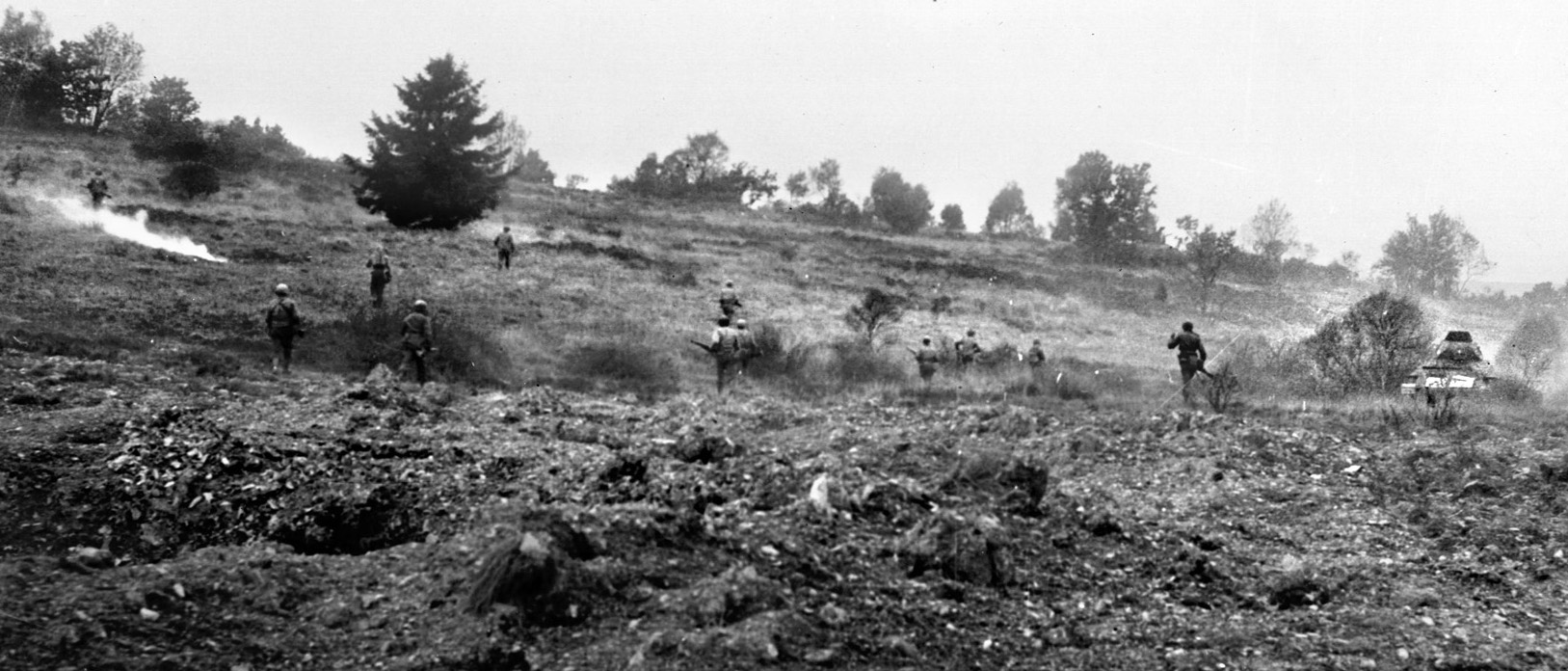
Tom noted that while they were waiting to move forward, several soldiers emerged from the forest, trudging along without packs or rifles, their heads down.
Myers recalled, “They were dirty, unshaven, and looked as if they could hardly put one foot in front of the other. They did not seem to see us. Another fellow and I went up to one of them and asked him where he was going and where he had been. He did not look up or acknowledge that he heard us; he just kept walking west on the trail. I guess he had seen too much war.”
While Myers and others were waiting near the kitchen tents for their guides to arrive, several artillery rounds crashed into the area. One of the cook tents was hit, injuring some of the cooks and KPs. The replacements were saved from harm as they went diving into nearby foxholes with log overheads.
Once the guides arrived, the column moved out. As Myers and the other GIs went up to the line, their guides warned them to keep under cover at all times as the Germans were only a short distance away. But not everyone seemed to pay attention. As one of the replacements straightened up to remove his pack before getting into his foxhole, a well-placed sniper’s bullet dropped him.
When Myers and Wayne Newman, Tom’s foxhole mate, slipped into a vacated hole with overhead cover—logs that would protect them from shells that would burst in the trees above them—they found discarded clothing and blankets. While in the process of cleaning things out, Tom picked up a boot that seemed oddly heavy. Examining it further, he found it contained a severed foot. Horrified, he immediately tossed it into the woods.
During the next eight or nine days, the American forces made repeated efforts to advance, but were unable to gain ground against stiff German resistance. When not pinned down by small-arms and machine-gun fire, they came under mortar and artillery barrages, suffering devastating tree bursts that chewed up the unit. Some planned assaults were called off because units were unable to muster sufficient numbers of able-bodied men.
The GIs crouched in their cold, wet holes that were covered by bits of logs and tree limbs salvaged from the tree bursts that mowed through the forest like a giant scythe. They waited hours in the darkness, in fog, snow, and rain, listening for the approach of the enemy.
Myers tried to be realistic about the situation that he and his comrades faced: “When the artillery stops, the silence there in the forest is eerie,” he wrote. “Beautiful conifers are now broken and torn, and the ground is a tangled mass of bushes and broken treetops. But then the shells start coming in again and you wonder if one of them today might have your name on it.
“I did not waste a lot of time worrying about it though, that by this time I was convinced that I was leading a charmed (or rather, guided) life. I don’t mean to say that I wasn’t afraid, I just didn’t let my mind dwell on it too much.”
Tom and Wayne were relatively safe in their foxhole with its heavy log roof—protected from anything but a direct hit. Their greatest concerns were when the Germans would drop a round near the top of the hill that they were dug in on, then another would fall directly below them. They would repeat, adjusting a few yards each time, walking the rounds closer and closer. They heard one round explode on the hill above them and expected the next to fall directly on them. A dull thud shook them in their hole—a dud burying itself next to their foxhole.
In response to the dangers they seemed to face each day, Myers recalled: “Wayne and I immediately dug a new hole in the side of the mountain and covered it with logs and limbs. I saw only a few German soldiers, and then only fleetingly, but we knew where they were, just as they knew where we were. We exchanged patrols at night, but at that stage of the battle, neither side seemed to have much interest in going on the offensive.”
The 28th Division was to start offensive operations on November 2, 1944. The division’s 109th Infantry Regiment was assigned to capture the wooded area north of the town of Germeter but ran into trouble after advancing just 300 yards when it encountered a previously undetected minefield, then was pinned down by mortar and artillery fire and harassed by local counterattacks.
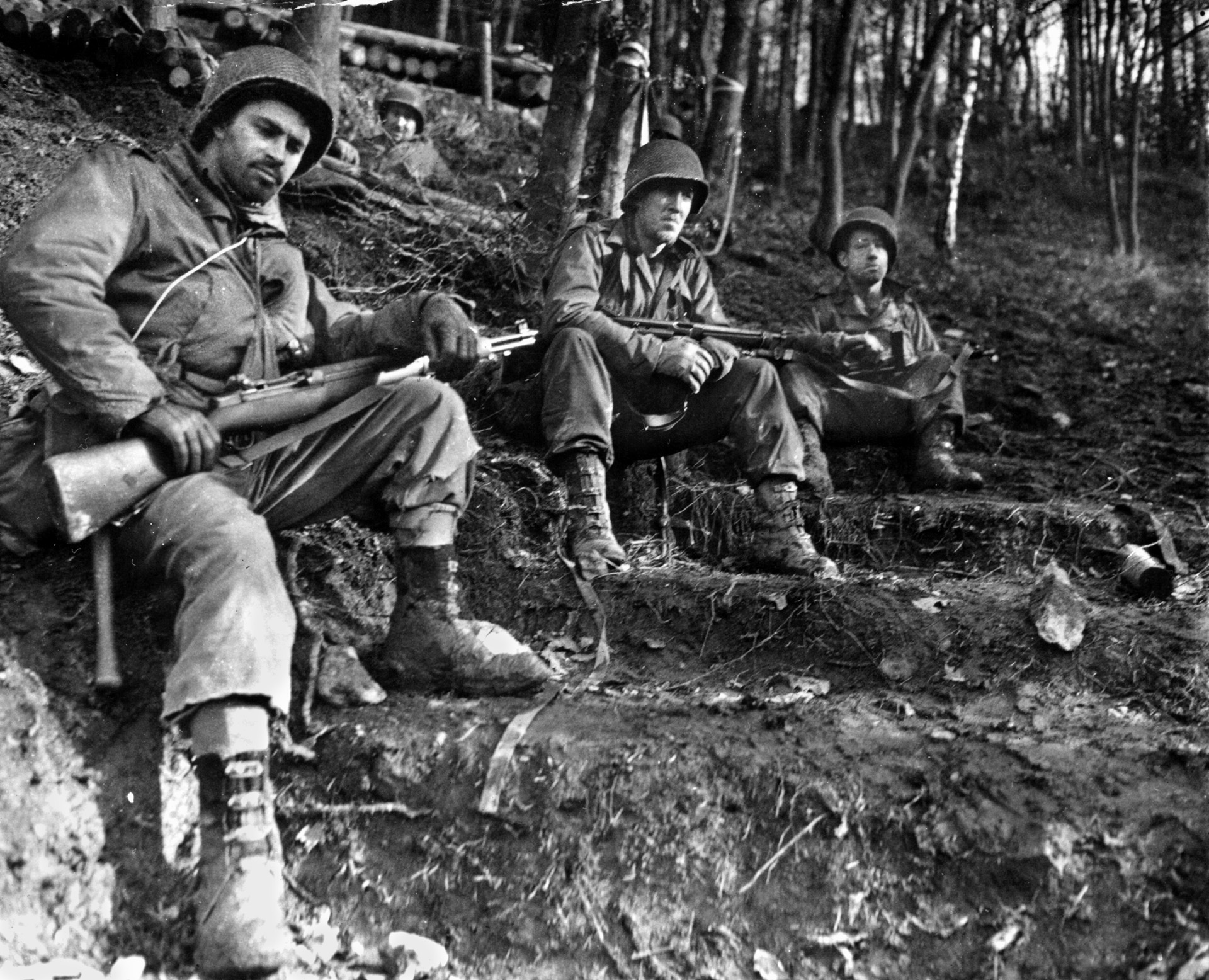
Just one mile was gained after two days of fighting, after which the 109th dug in. This was nearly all the ground the 109th would take during the battle. The division’s other two regiments fared little better during their operations, the division failing to secure the objectives it was assigned due to weather, prepared defenses, determined defenders, and terrain.
Early on the morning of November 17, the 28th Division was relieved by the 8th Infantry Division. It was also the second birthday of Myers’s daughter. And Tom had just turned 27 the week before.
The threat to the GIs was not just the enemy. Departing the front lines left an impression on Myers: “When we reached the assembly area, after walking out of the Huertgen [Forest], Wayne and I were so exhausted that we unrolled our water-soaked blankets on the ground, crawled between them and immediately fell asleep … I didn’t realize how cold it was until I started to throw back the blankets. They were frozen stiff. When I stood up, my feet were like clubs. But then, when my feet thawed, and the pain started, I knew that they too, had frozen.
“In spite of that, however, it felt good to be alive and out of that dark, dreary Hell of the Huertgen. So many died or were crippled for life. Some suffered mental or emotional scars that they would carry the rest of their lives. Some were heroes, some were cowards. I was just one of those that did what needed to be done … and was fortunate to come out of there in pretty good condition.”
The 28th Infantry Division had suffered over 6,000 casualties in the Schmidt-Vossenack sector of the Huertgen Forest. Following the action, the 110th Regiment had to absorb some 2,000 replacements, many of them fresh from basic training.
Myers felt that he was aided by his sturdy farm-family upbringing as well as by his faith. He also retained a sense of humor even under the most trying of circumstances.
As of November 16, Tom was one of the 3rd Battalion’s just 75 “combat effectives.” In order to recover and absorb replacements, the 28th Division was transferred to a quiet sector of the front—the Ardennes. On November 17, Tom’s company arrived at the Luxembourg town of Weiler.
The 28th Infantry Division, originally part of the Pennsylvania National Guard and known as the “bucket of blood” division because of the shape of its red sleeve insignia, was spread across the front, with its 112th Infantry Regiment on the north or left flank, the 110th Infantry in the center, and the 109th Infantry on the right flank.
Due to the wide frontage that the division was required to cover, it established a series of company-level strongpoints connected by observation posts and contact patrols. Weiler was east of “Skyline Drive” (the St. Vith-Diekirch highway), which contained most of the 28th Division’s strongpoints.
The GIs of the 28th Division thought they were going to a rest area; their trucks dropped them about two miles from Weiler. For those men suffering from fatigue and frozen feet, it was a difficult journey, though it was no more than a dirt track that intersected the hard-surface road to the village. They didn’t reach the town until after dark.
One of Myers’s buddies was having difficulties—more than the other GIs—his feet frozen and painful, so Tom took part of his comrade’s gear to lighten his load. In spite of this, the man lagged further and further behind the main body, along with three others that also were struggling to keep up.
Myers recalled the difficult trek: “After a time, partly because my feet were also paining, I became irritated and did something that I regretted later. I put his gear that I was carrying down in the road and hurried to catch up with the others, leaving him and the other three men to fend for themselves.” After reaching the town with the main body, Myers was told that a German patrol had probably ambushed the straggling Americans.
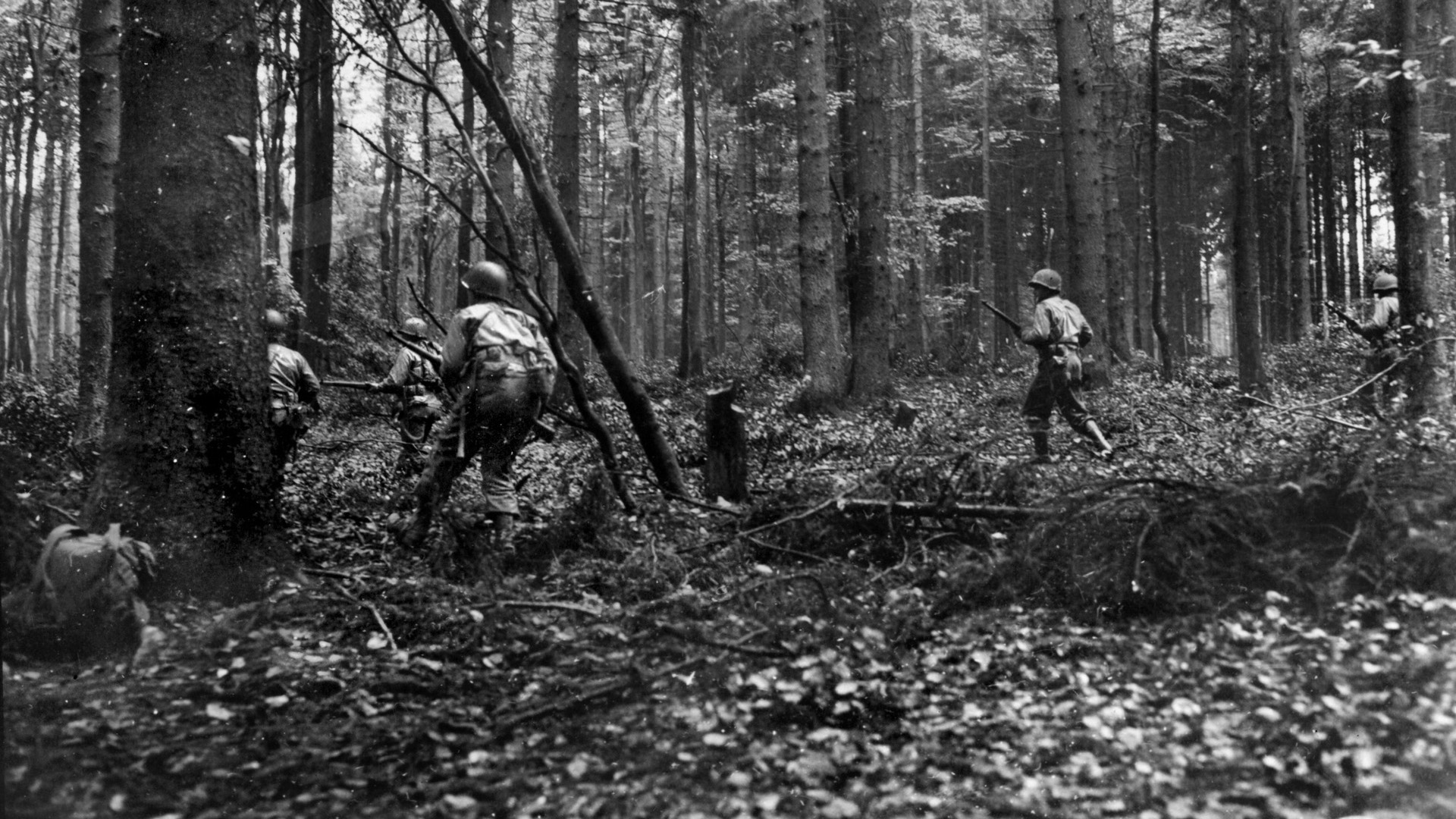
Myers found sleeping that night difficult. “That night I slept very little, as my conscience was hurting. Why had I been so selfish? Why had I become irritated and left him behind?”
To Myers’s relief, the next morning the four men who had been left behind appeared. They had spent the previous night sheltered along the road.
Weiler was garrisoned by the 3rd Platoon, I Company, with an anti-tank platoon of the 110th Regiment, two mortar sections of M Company, and the headquarters staff of Companies I and M. The authorized strength of a rifle platoon was 40 officers and men, a company headquarters of some 33, two 81mm mortar sections with a total of 16, and an anti-tank platoon with 10; the town’s garrison would be about 132 officers and men.
The morning after arriving at the town, Myers’s squad was sent to man outposts on high ground between Weiler and the Our River, to the east of the village. A second squad was assigned to conduct contact patrols to the units on the left and right flanks. The two squads would switch off duties each day.
Myers recalled those first days in the village: “On the days that we were on out-post, we seldom saw the enemy, though one time, during a snowstorm, just before darkness, we saw a German patrol, dressed in white snow suits moving toward Weiler … when they squatted down in the snow, it was impossible to see them.”
Most of the encounters with the Germans occurred during the day, while conducting patrols.
In one instance, near the Stolzembourg Castle—located on a hill in the center of the village of Stolzembourg, east of Weiler, near the Our River—the Germans had established a position on the American side of the river in the village. Myers’s squad of eight to 10 men were sent to investigate. As they moved down a gully and came into view of the castle, they came under fire.
The squad took cover and began to return fire at windows in the tower of the castle. Myers took the opportunity to use a grenade launcher on his rifle. His first shot struck two feet above the window where the firing was coming from. He adjusted and fired again, this round going through the window and exploding. Later, when they encountered more fire, they pulled back—without casualties.
Weiler was a village of no more than about 30 main structures that lined two north-south parallel streets, cut by two others that created a single block, the southernmost exiting the village to the east, its other end to the southwest. The village church stood at the southern end of the single block that most of the buildings were centered upon.
During the first week at Weiler, Myers’s squad was housed at the Rue Principale 6, Café Peffer, along the north side of the street, just a few doors from the village church. Anti-tank guns were positioned just yards away, one set behind the next building to the east and a second across the street in a backyard where it could fire to the south. Later, the squad was moved to the next building to the west, the house of Kissen-Zanter Jos at Rue Principale 5.
On the days that Myers’s squad were not manning outposts, they were allowed to sleep late. Some days the men were driven to the nearby town of Clervaux, just 11 miles to the northwest of Weiler, where the regimental headquarters was located, in order to have a day off the line. There they were able to shower, shave, and get into clean clothes.
One building in Weiler was off-limits—the town’s church. The GIs did not wish to disturb its sanctity. However, one evening, just before dark, Myers’s squad had just returned from a patrol and gone to their quarters when the stillness was broken by the ringing of the church bell. Their suspicions were further raised due to the odd hour and the strange pattern of the ringing. Myers’s sergeant arrived from the Company CP and told Tom to take some men and investigate the church.
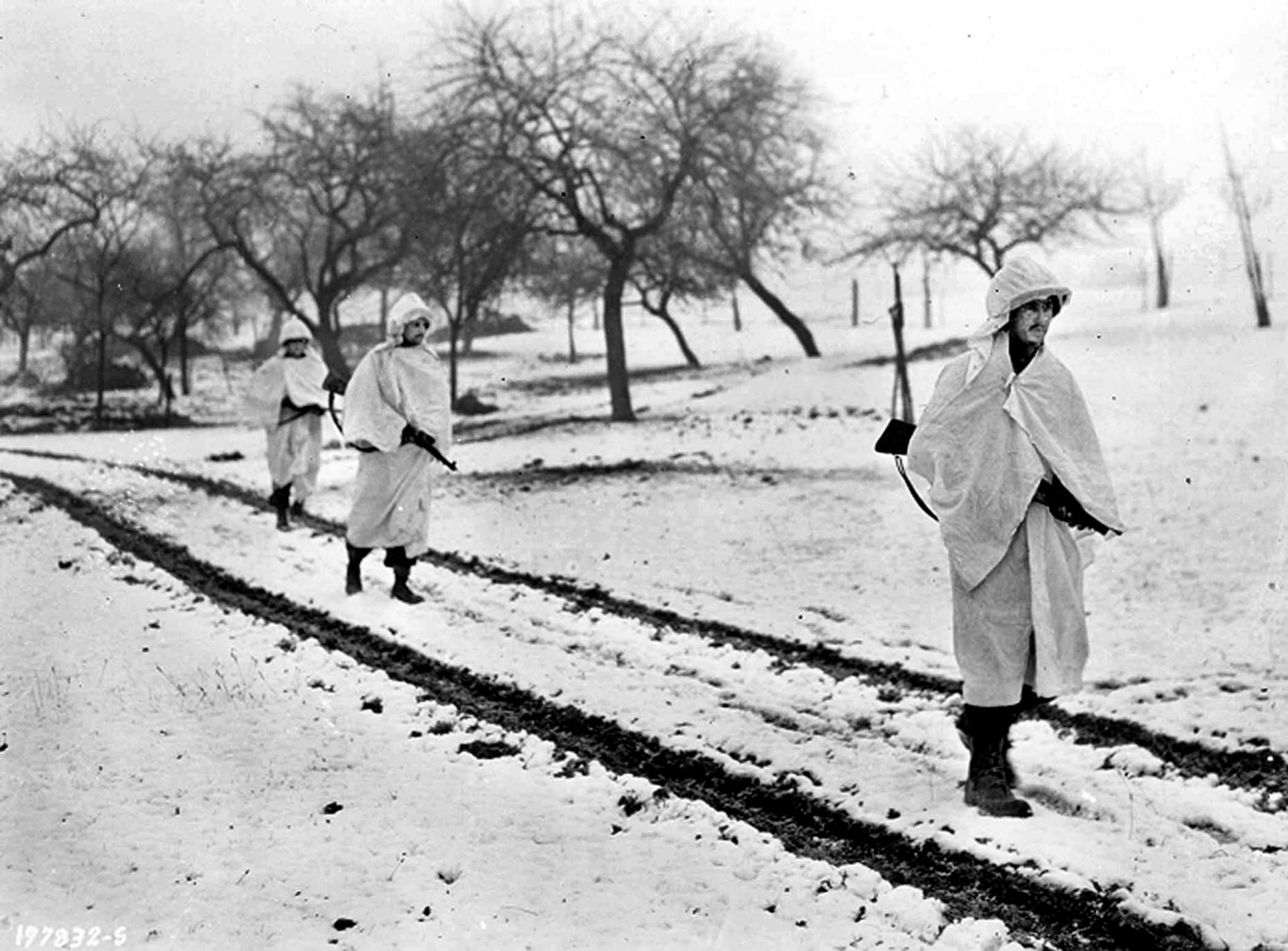
Myers: “We went to the church and cautiously opened the front door, shining our flashlights around. The only movement that we could see was the bell rope near the rear wall which was slowly moving up and down. We called up to the bell tower for the person, whoever he was, to come down. There was no answer. The rope continued to move up and down and the bell continued an eerie, code-like ringing.”
Myers found a ladder to the bell tower and climbed to a trap door. Pushing the door open, he shined his flashlight about.
There, lying on the floor, was a man in an American uniform with staff sergeant’s stripes and an 8th Infantry Division shoulder patch slowly pulling the bell rope. He was disheveled and unshaven, and appeared that he had been there for several days. There were also several empty wine bottles lying about. He seemed oblivious to Myers’s presence, but then asked where he was.
Though his speech was slurred, it seemed that he had been celebrating his promotion to second lieutenant; he claimed that he did not know how he got to the church. He was taken to the company CP for questioning, and then to the division headquarters. What the truth behind his story was did not get back to the company.
Another incident of note occurred shortly before December 16 at a crossroads near the town. The company had been making regular contact with a unit of the U.S. 109th Infantry Regiment to their south, or right flank. Sometimes contact was made at the crossroads, other times at the nearby CP of the 109th.
On this day, Myers and his patrol arrived at the crossroads to make contact. After over an hour of waiting, four or five men, not familiar to them, approached. They were in clean, new uniforms without insignias. About 50 meters short of the crossroads this little group stopped. Then one of them came forward. When asked where the patrol that they usually met was, the individual explained that they were a new unit, replacing the previous one.
But the individual then began asking questions about the defenses and the number of men in Weiler, explaining that his company commander had told him to obtain the information. But this seemed suspicious. When members of Myers’s patrol started down the road to talk to the other men in this new party, the stranger broke off the discussion, saying that they were late and had to get back to their CP, then disappeared with his comrades in the direction that they had come from.
Upon returning to their CP, Myers’s patrol reported their concerns to their company commander, believing that the patrol they had encountered were probably Germans in American uniforms, but weren’t certain.
A few days later, Myers was standing night guard at the back of the house that his squad occupied. The moon was bright as clouds rolled by. At one point, a cloud blocked the moonlight, throwing the area into near darkness. Myers suddenly caught movement out of the corner of his eye in the dim light, accompanied by a slight rustling sound.
Preparing for the worst, Myers took a hand grenade from his harness and pulled the pin but held the handle down as he tried to determine what the source of the movement was. After a minute or two, the clouds moved off the moon, the light revealing a large house cat sitting on a fence. For the next hour Myers labored to replace the pin in the grenade.
Accidents, especially in a combat zone, were always a possibility. A machine-gun squad, occupying a house across the street from Myers’s squad, was coming up the road one night with some of its members talking loudly, having an argument, when, suddenly, gunfire erupted. One of the men in the street was nearly cut in two by the blast of a machine gun fired at close range. A member of his crew, while lowering the weapon from his shoulder, had accidentally triggered it.
During early December there were rumors that the 28th Division was to soon be relieved and send back to France to re-organize and re-build. Despite such rumors, I Company remained at Weiler, receiving a few replacements and returnees from hospital.
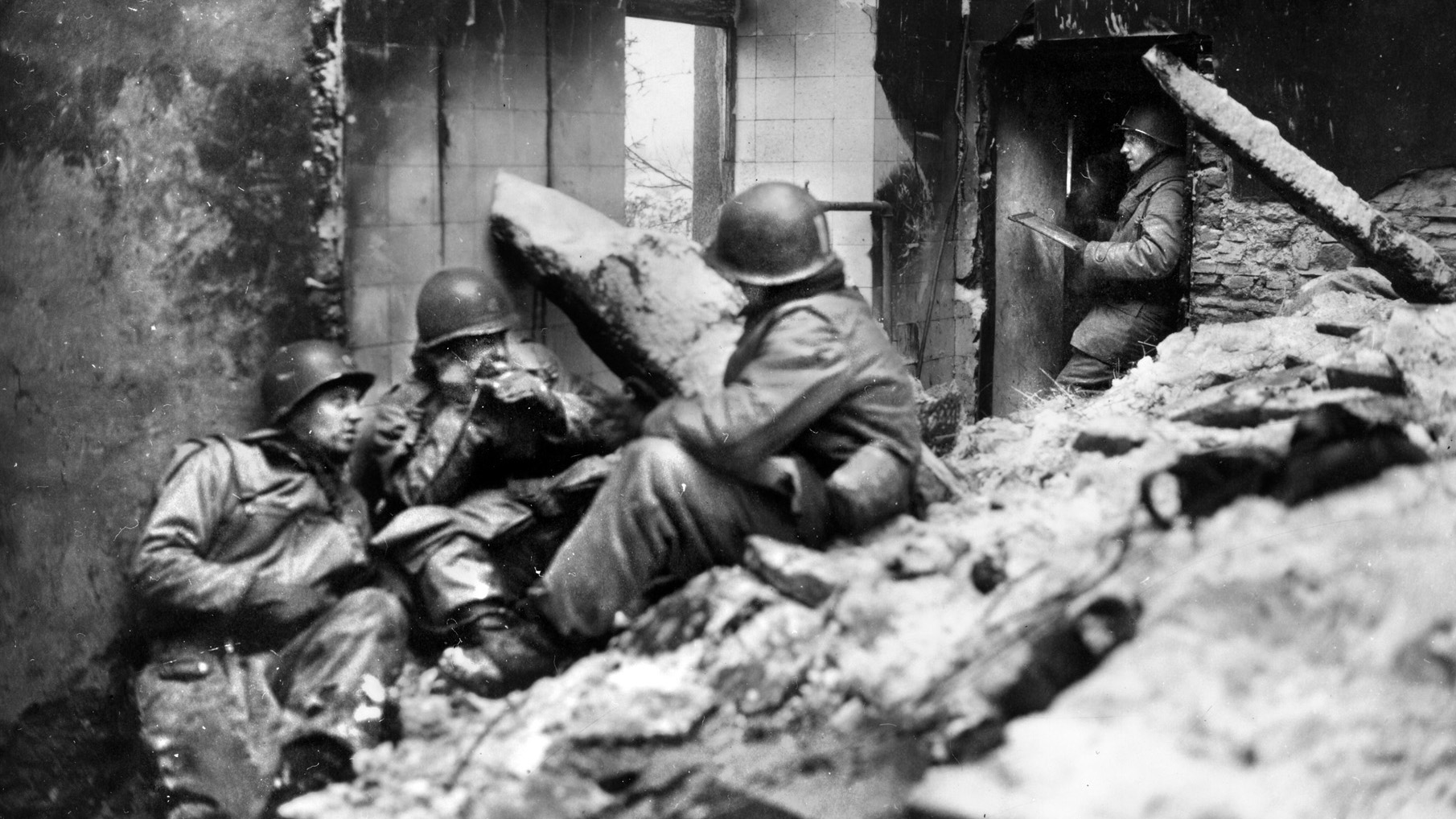
About December 14, Myers’s squad had just finished reporting on the results of their latest patrol to the company commander when he told them that they would be relieved on Sunday, December 17, and that trucks were waiting to pick up their extra ammunition.
They were to turn in all ammunition beyond their basic load—that required for a day of combat. Myers kept just two bandoliers of ammo for his M-1 and a belt of clips. In addition, he kept three or four anti-tank and anti-personnel grenades for his grenade launcher.
About midnight, as Myers was going on guard duty, another squad was returning from a patrol along the Our River. They reported that the Germans appeared to be having a party across the river.
About 5:35 a.m., Myers, who had completed his turn at guard duty and returned to the building where his squad was housed, was jarred awake by artillery shells landing in and around the village. He jumped out of bed, slipped on his overcoat, got into the harness that held his ammunition and put on his belt with bayonet, canteen and first aid kit, grabbed his rifle and headed down the stairway to join the rest of his squad.
Men who had started out for the river earlier came streaming back into the village. They reported large numbers of German troops coming across the river.
Myers was told to take one of the unit’s new replacements, Private Thorne, a 39-year-old former bookkeeper from Chicago Heights, Illinois. The two were to man a position at the southern edge the village overlooking a deep ravine. Myers and Thorne got into a shallow foxhole and waited. As they attempted to peer into the morning fog that enveloped the village, they could see little. But as the fog lifted, they were able to see into the woods on the other side of the ravine—where forms were moving about.
As they waited, Thorne felt the need to tell Myers the story of his life.
Thorne had arrived at the company just a few days earlier, coming to I Company as a raw replacement, fresh from the United States. He said that he wasn’t supposed to be there, or even in the Army. He’d had a back operation some years before and his back was very weak. Also, even though nearly 39, he had been called up by his draft board for a physical exam and classified as “4F” (unfit for service). But later, he was again called up and was inducted.
During basic training, there was a number of tasks that he could not perform and was even sent to the hospital on one occasion. While there, he was told that he should receive a medical discharge, but while the discharge was being processed, orders came through and he was shipped out. He was expecting to receive his discharge any day.
As they waited in their foxhole, small-arms fire erupted from the other side of the ravine.
One German soldier crossed the ravine and crawled up the near side towards their position. When a bullet smashed into the dirt behind them, Myers and Thorne raised their heads above the side of the hole to see where the shot had come from. As they did so, another shot was fired, betraying the German’s position; Myers returned fire. But the previous shot had struck Thorne in the head just under his helmet, ending the life of the 39-year-old “4-F” bookkeeper from Illinois.
Myers remained in the hole for another half hour, checking Thorne’s lifeless body, while it appeared that the German who had fired the fatal shot was also dead.
From a house directly behind Myers’s foxhole, which was also under fire, a sergeant yelled to Tom to fall back to the house. Myers cradled his rifle in his arms and quickly crawled to the side of the house where there was a window. He rose to his feet, rolled through the window and onto the floor.
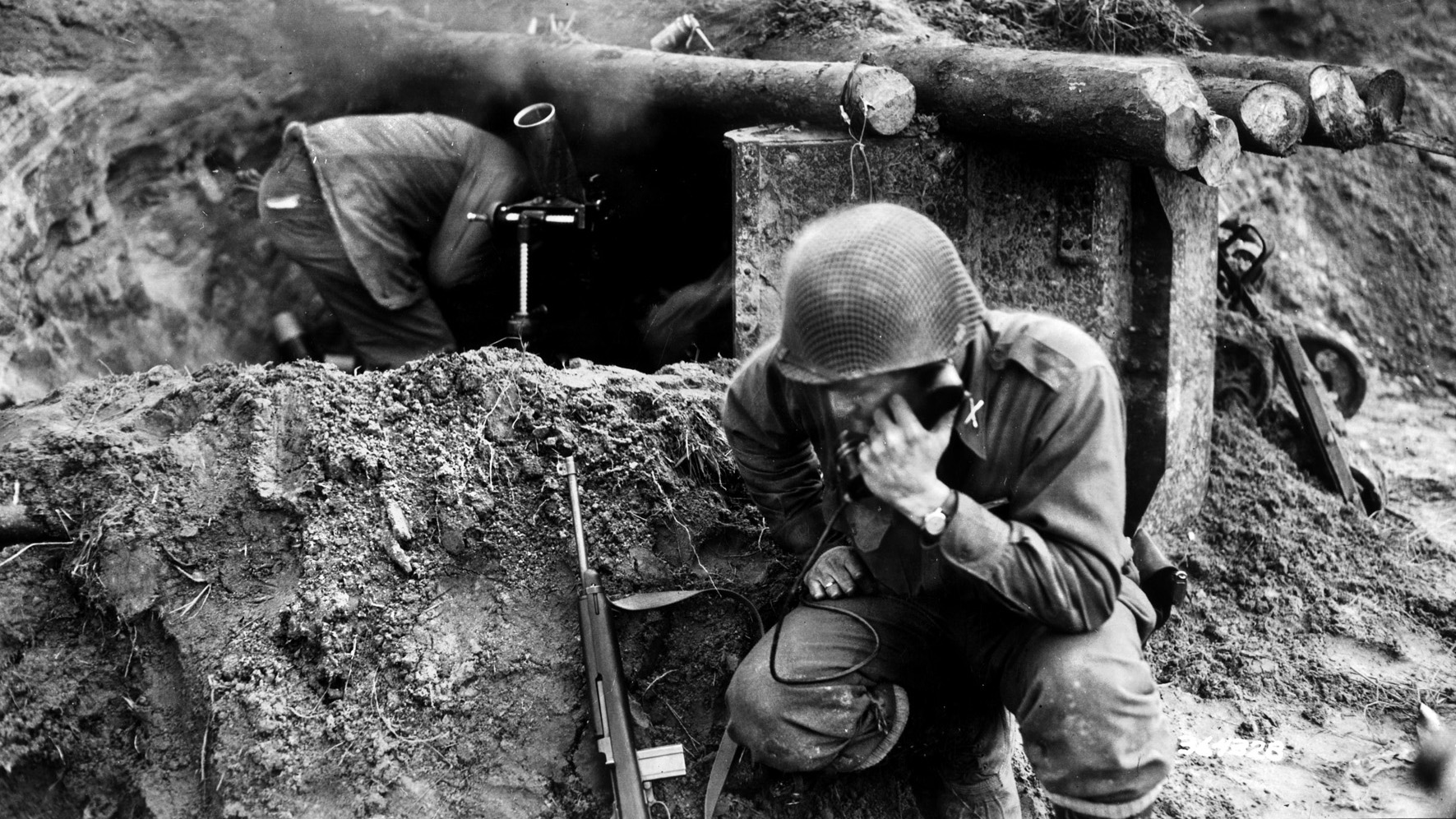 Myers quickly found that he faced as much danger once in the house as he had in the foxhole. “I looked up and saw a young, white-faced private pointing his rifle at my head, with his finger on the trigger. I yelled his name and asked him what he was doing. He said, ‘Oh God, I thought that you were a German, and I almost pulled the trigger.’
Myers quickly found that he faced as much danger once in the house as he had in the foxhole. “I looked up and saw a young, white-faced private pointing his rifle at my head, with his finger on the trigger. I yelled his name and asked him what he was doing. He said, ‘Oh God, I thought that you were a German, and I almost pulled the trigger.’
“I then proceeded to give him a lecture, telling him that my helmet and uniform should have told him that I was not a German. But if he thought I was, he should have shot me before I got him. I was very angry with him, and he was so unnerved and weak in the knees that he sat in a corner for some time, shaking.”
The Germans had planned to capture Weiler early on the morning of the 16th in order to secure a route into the rear of the American positions, but the fighting for the village went on all day and into the night.
The defenders of Weiler, I Company—less the 1st Platoon that had been deployed to a battalion observation post (OP) along the Wahlhausen road to the north—supported by a section of 81mm mortars and an anti-tank platoon, repelled wave after wave of attacking infantry.
When the mortar crews and the anti-tank platoon ran out of ammunition, they joined the infantry and fought as riflemen. Fighting along the roadway to the north of the town had forced the Germans to draw off troops from those that were to attack Weiler.
Twice during the morning, the forces attacking the town were allowed to send forward aid men and remove their wounded.
One of Myers’s comrades told him that they could not hold the village, that they should hide in a closet or cellar until the Germans found them and then surrender. But Myers would have none of it. “I had a hard time not showing my contempt for him, when I told him, ‘You may do what you want, but I will not surrender. I am staying here to fight as long as I can.’”
At 1:30 in the afternoon, the Germans ceased fire and sent an officer under a white flag to the village requesting the Americans surrender or that they would be annihilated. The I Company commander refused their request.
When most of the men in Myers’s house moved to other defensive positions, he encountered another GI, called “Tennessee.”
Tennessee, carrying a BAR, and Tom, went to another house in search of ammunition. There they found several other GIs. Another soldier then burst in, yelling, “We had better get out of here—a large number of Jerries are coming up the street, firing!” Everyone started for the rear door, but Tennessee grabbed a .30-caliber machine gun that had been left standing in the corner. He asked that someone grab an ammo can and come with him to the street. Myers picked up a can of .30-caliber ammunition and followed.
They ran to a low stone wall along the edge of one of the main north-south streets. As Tennessee fired, Myers fed a belt of ammo. Tom saw several Germans go down and others dive for cover. This stopped the German advance up the street for the moment.
By nightfall, Myers and the other GIs had consolidated their positions in the upper part of the village; the Germans occupied the lower part. But the Americans soon found themselves nearly out of ammunition.
Shortly after dark, word came from the I Company commander that the village was surrounded, but they were to hold their positions until 6:00 p.m. They were to then rendezvous at the CP, split into two groups, and slip out of the village to the west, or over the hill to the north, and attempt to get back to battalion headquarters at the town of Consthum, a few miles to the northwest.
Along the Wahlhausen road, the I Company platoon called for ammunition and were told that tanks were being sent with re-supply. At Weiler, the rest of the company and the anti-tank platoon, their ammunition supply dwindling, also waited for the tanks to arrive. But the tank platoon of the 707th Tank Battalion had not reached I Company as night fell.
At 6:30 p.m., the Walhhausen road OP reported that it was under attack by enemy vehicles, some mounting multiple-barrel 20mm guns, and requested American artillery fire on their own positions. Only one man was able to escape.
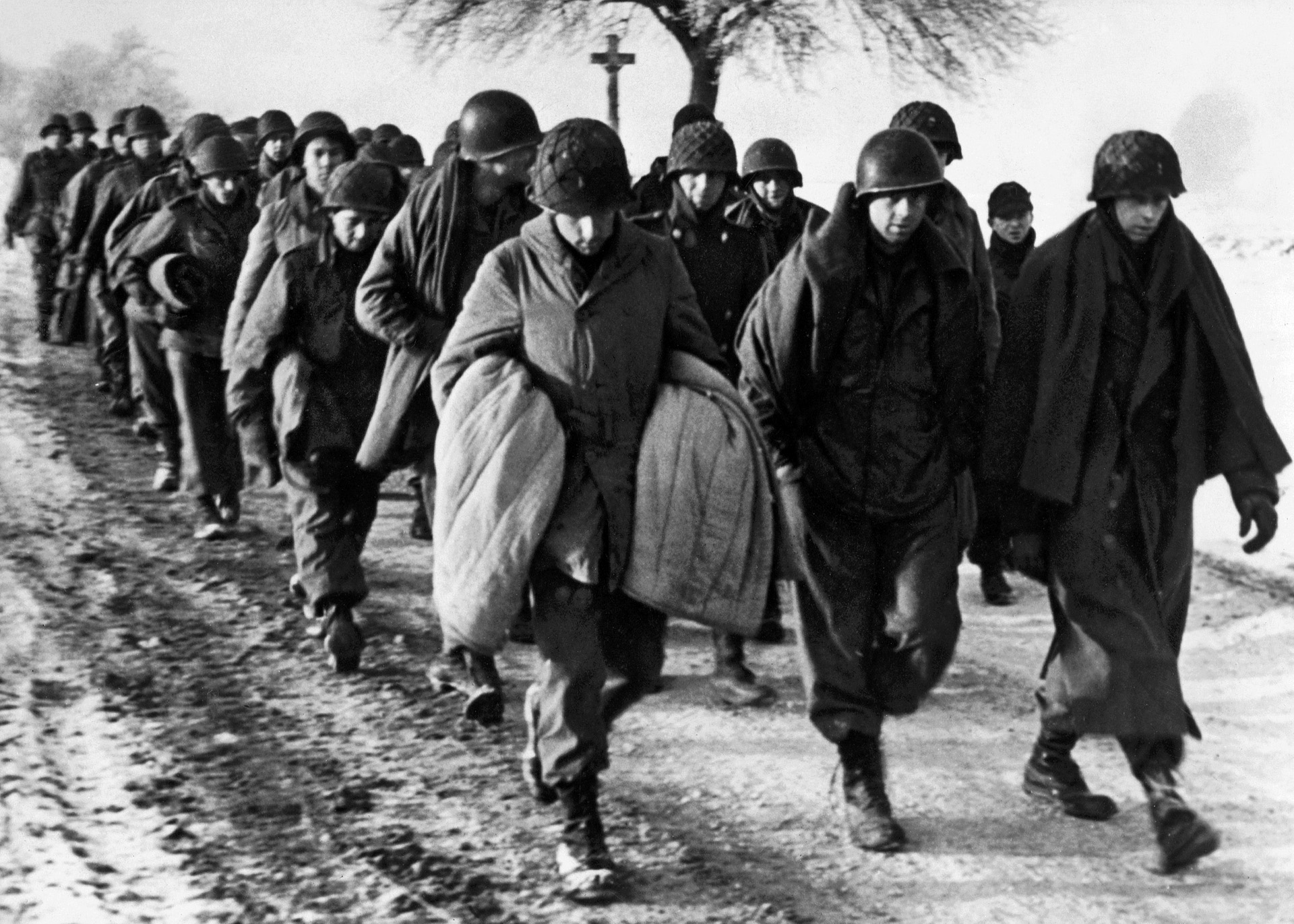
Myers recalled that the night of December 16/17 was one of terrible frustration, as they attempted to find a way through the German positions, but without success.
As another cold and foggy day dawned, the Americans found the Germans closing in on them. Myers and the other GIs were in a wooded area with a shallow ravine to their backs. In front of them was a steep open hill. As German mortar fire intensified, they realized that they would have to leave their position. Myers overheard his company commander issue the order for the men to charge up and over the hill.
Myers described what happened next: “The hill was so steep that I found myself gasping for breath after some distance of running, straight up the hill. At this time, I saw a hole in the earth. My thought was to jump in the hole [for] two or three minutes to escape the blistering fire, while I regained enough breath to finish running up over the hill.
“However, as I jumped into the hole, several other men also had the same idea and I soon found myself covered with the bodies of several men. I could hardly breathe as I struggled to get out from under the other men. At last, the men were getting off of me and I turned over and looked up. The hole was ringed with German soldiers, with fixed bayonets on their rifles. I did not realize that they were following us so close.”
One of the Germans announced, “For you, the war is over.”
Myers was gathered up with 14 other GIs, several of whom were wounded, and marched off the field into captivity.
Some 25 American troops, led by a captain, managed to extract themselves from Weiler and reach friendly lines after a long and desperate march, narrow escapes, and avoiding ambushes.
Tom Myers and hundreds of other GIs ended up in a German POW camp in Czechoslovakia. Months later, Tom would be liberated and return to the States. He was discharged from the Army on November 30, 1945.
Tom returned to Oregon, added three sons to his family, and had a career in agriculture and in the lumber industry. He passed away in March 2011.
Although major accounts of the Ardennes actions, such as Hugh Cole’s Battle of the Bulge or Trevor Dupuy’s Hitler’s Last Gamble, say little about the fight at Weiler, the citizens of the town remembered the heroism of the American defenders enough to create a memorial to their actions.
On September 12, 1983, a memorial to the soldiers of the U.S. Army’s 28th Infantry Division was dedicated in Weiler, Luxembourg. At the same time, the square where the memorial was erected was named “Plaza Tom Myers Square.” The inhabitants of Weiler had created the memorial as an act of remembrance of the many American soldiers who had lost their lives in and around Weiler on December 16 and 17, 1944, defending the town during the German offensive into the Ardennes—the Battle of the Bulge.
Tom Myers was a symbol to the citizens of Weiler of American GIs—the men who had faced a superior German force as they fought for the town’s defense.
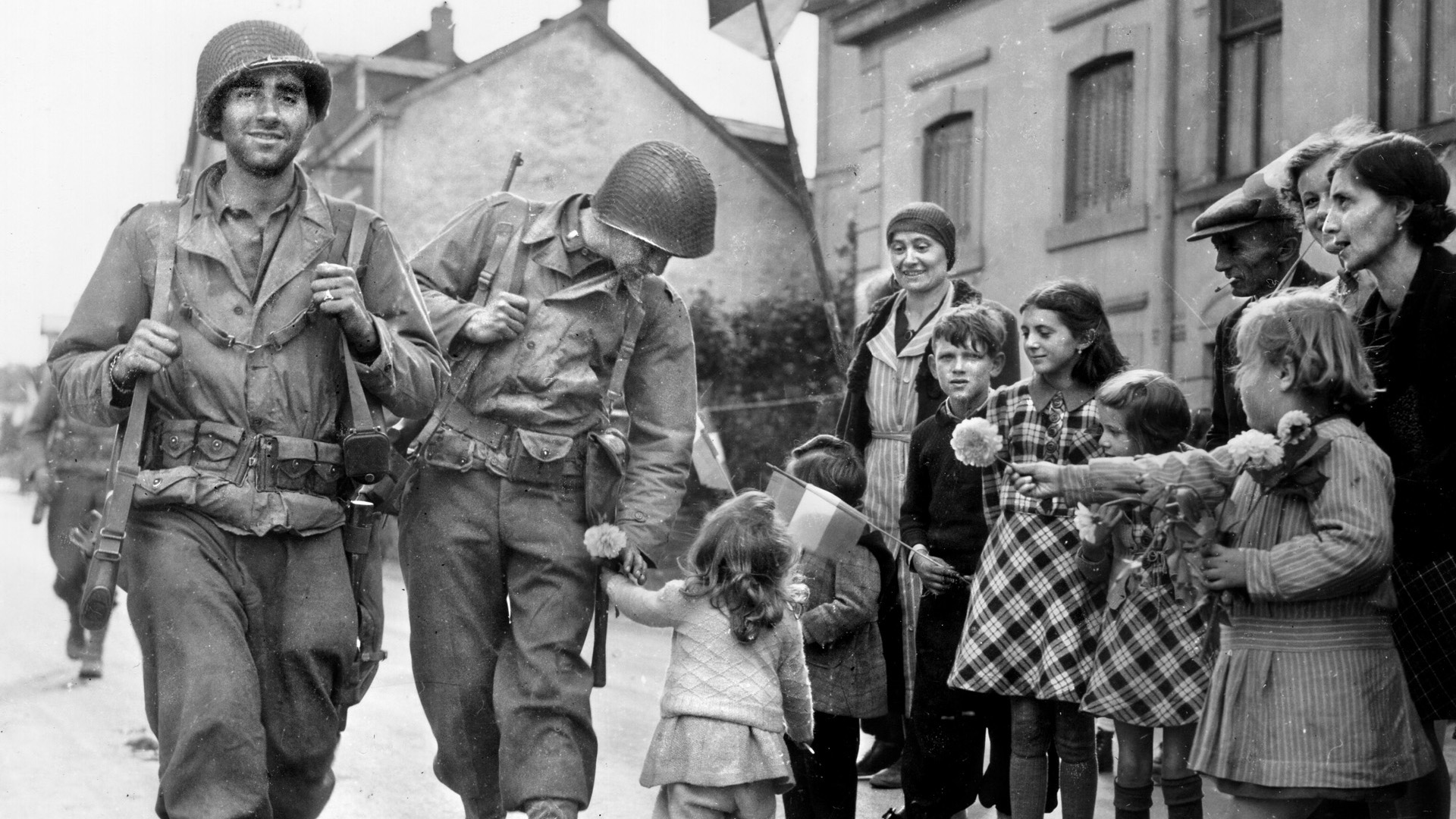

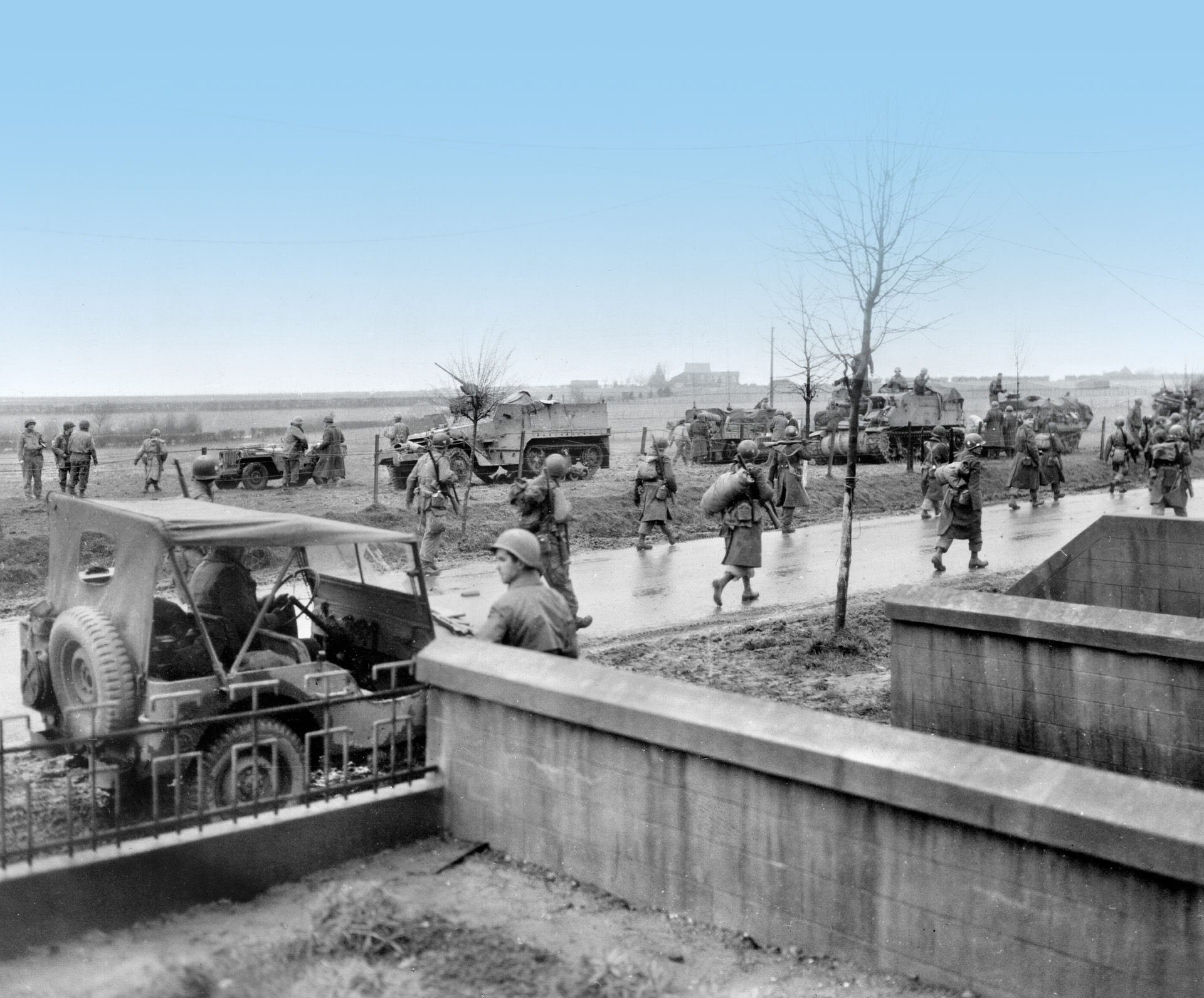
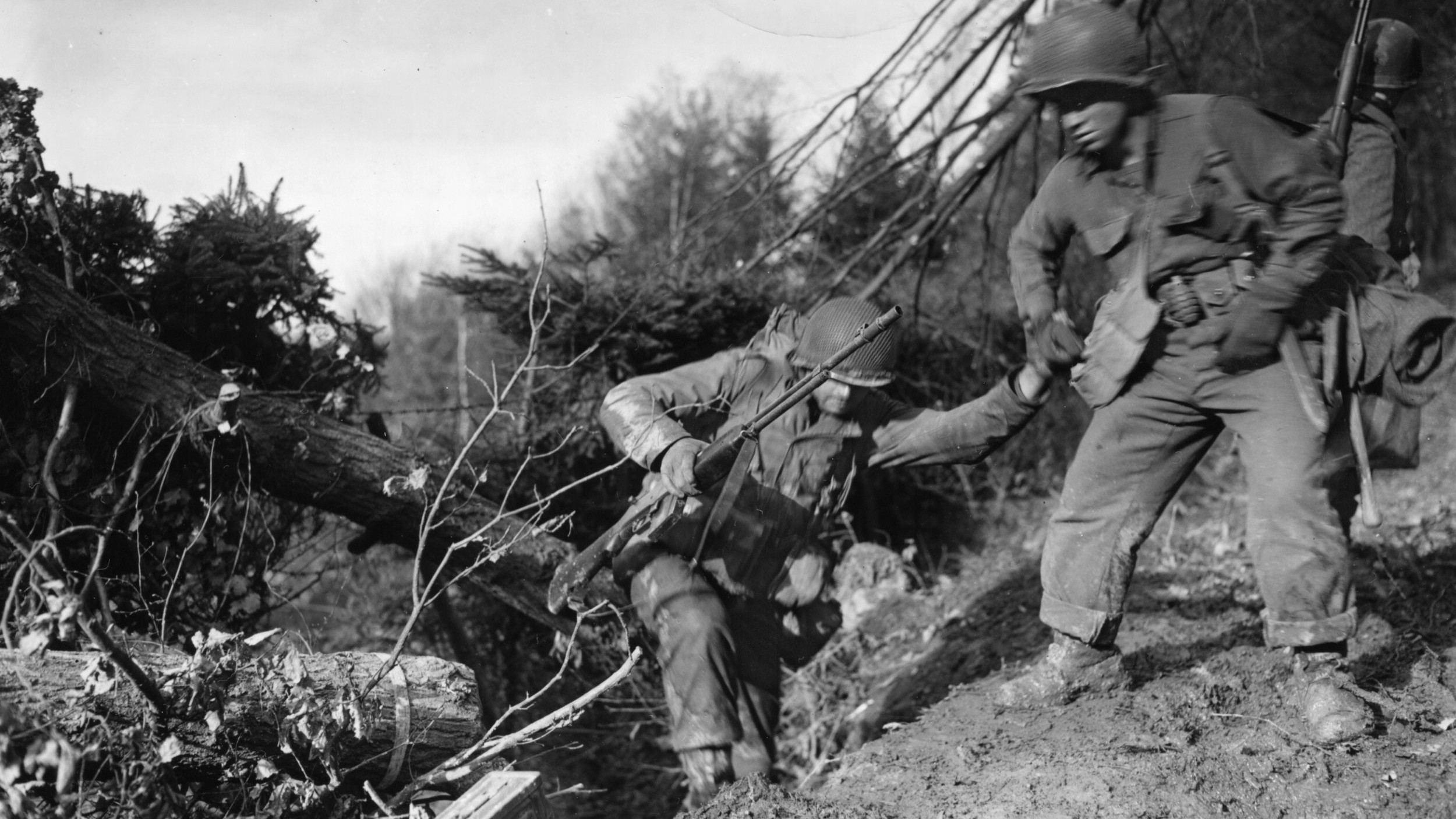
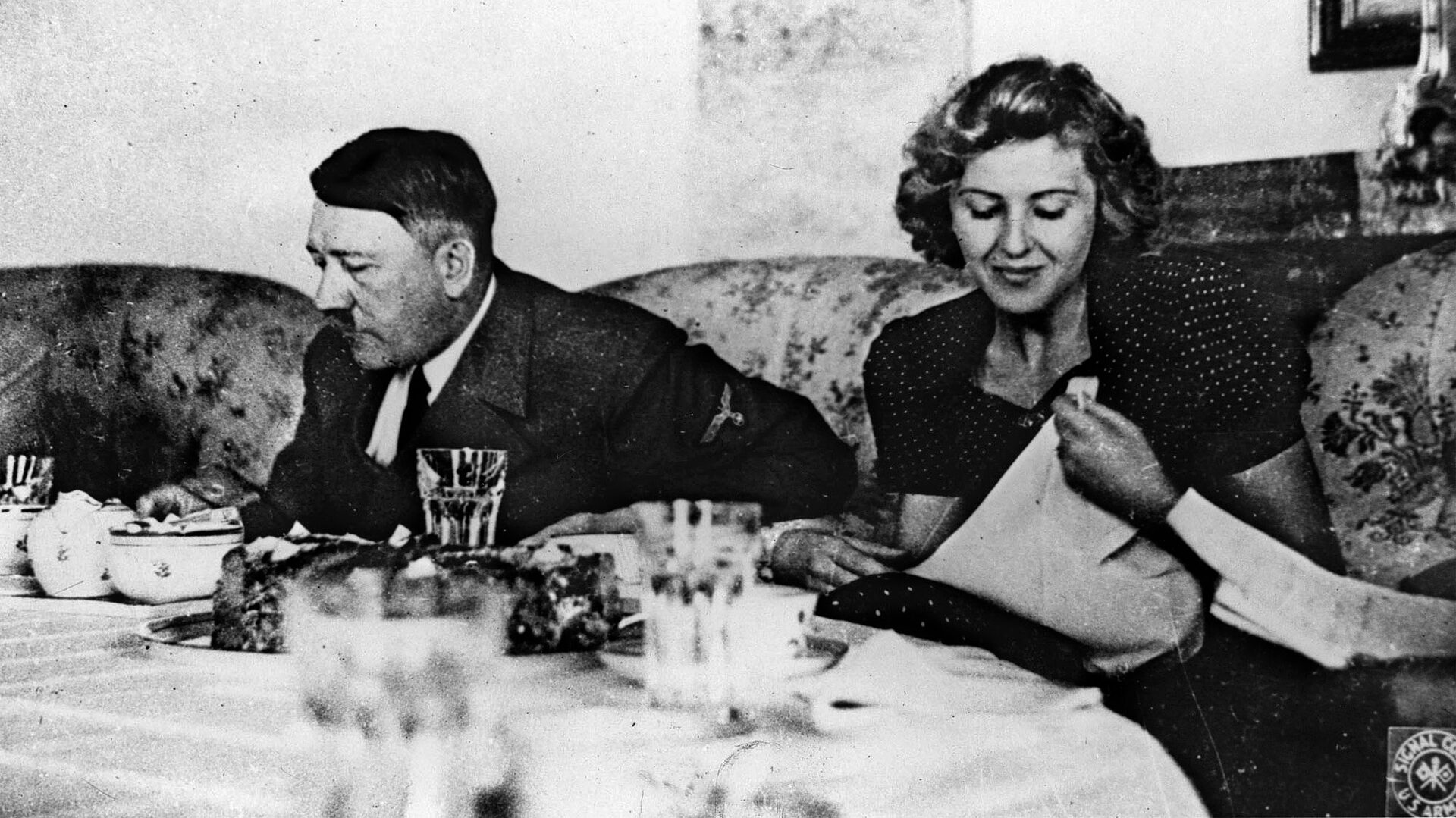
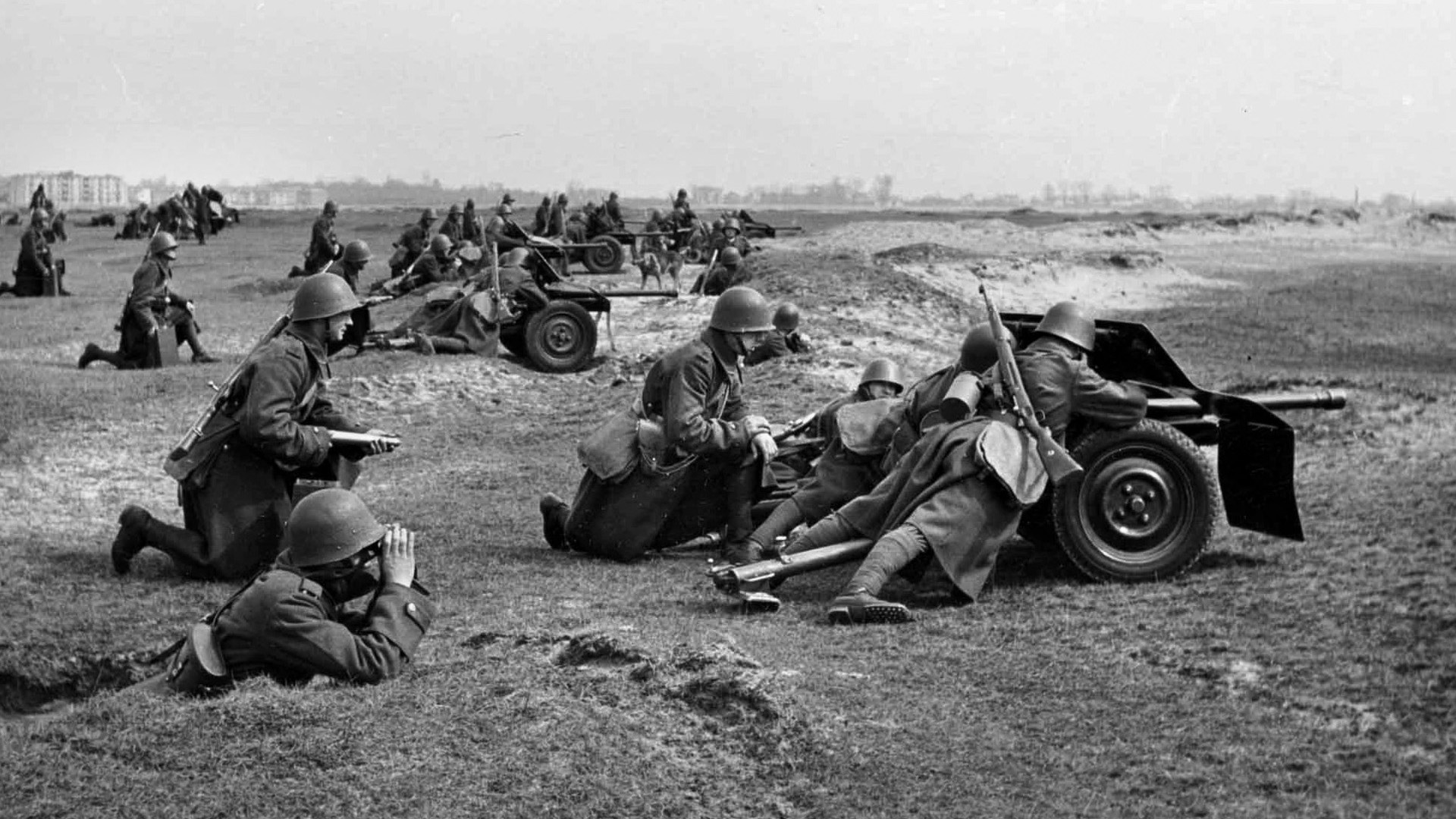
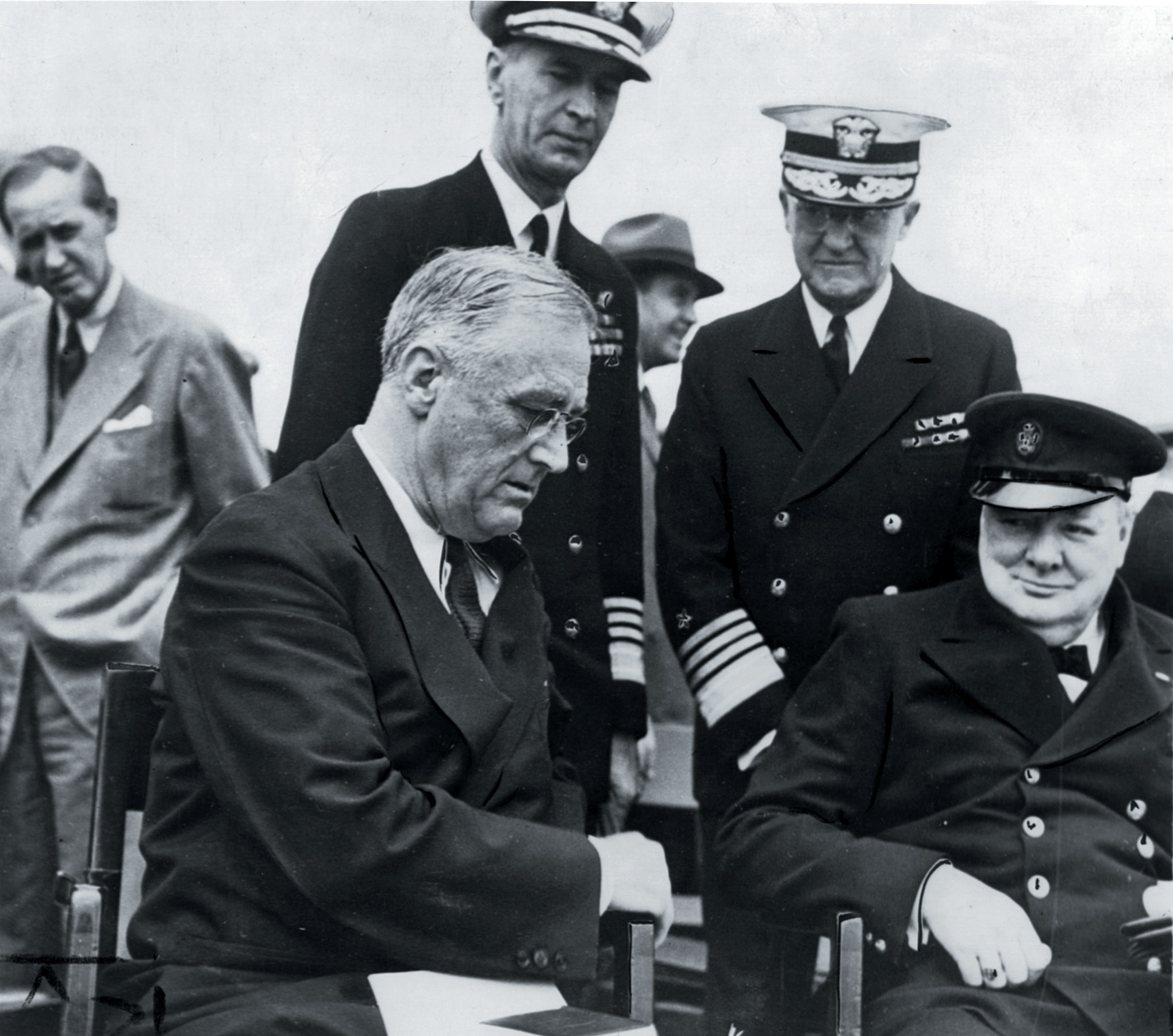
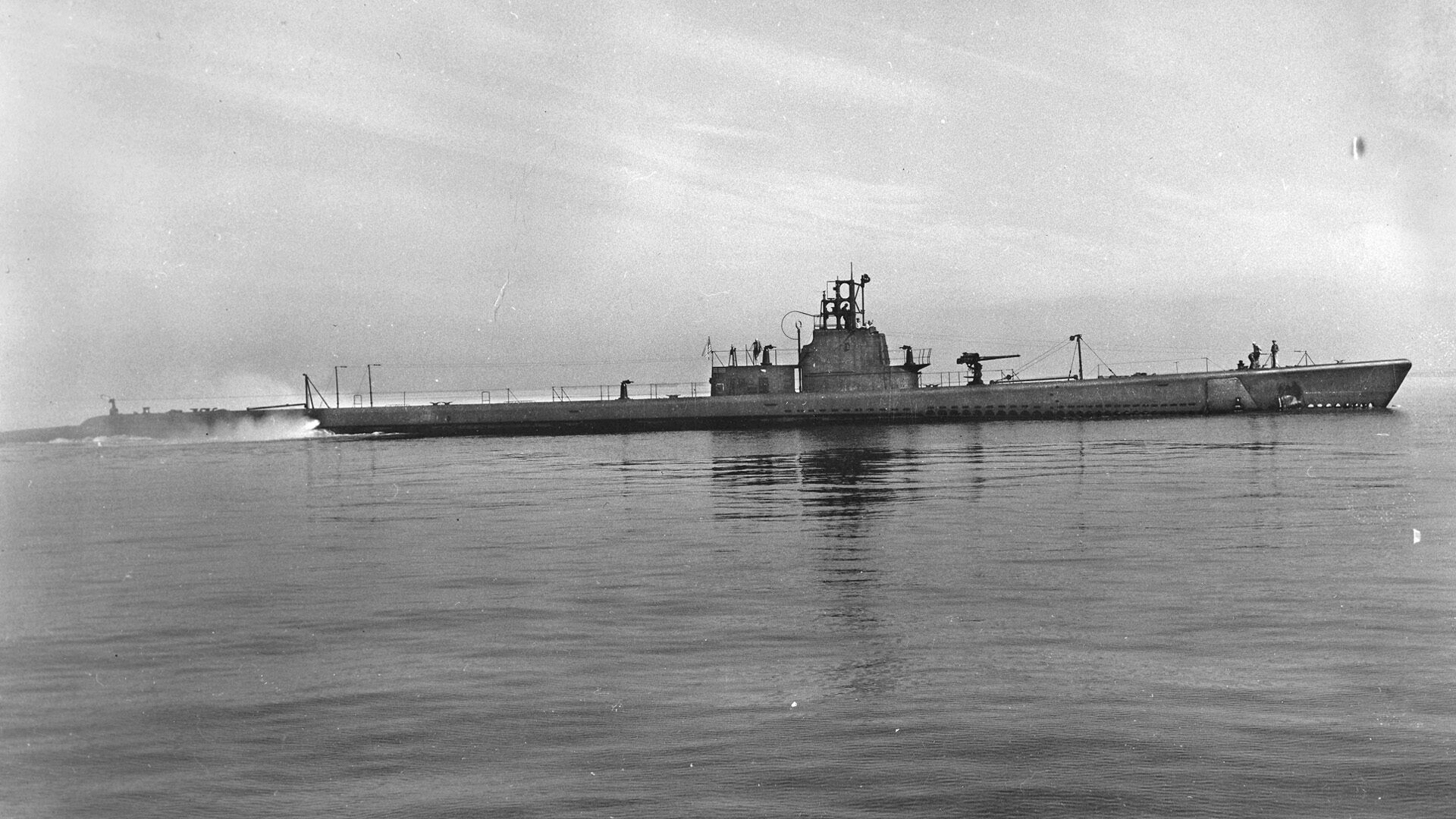
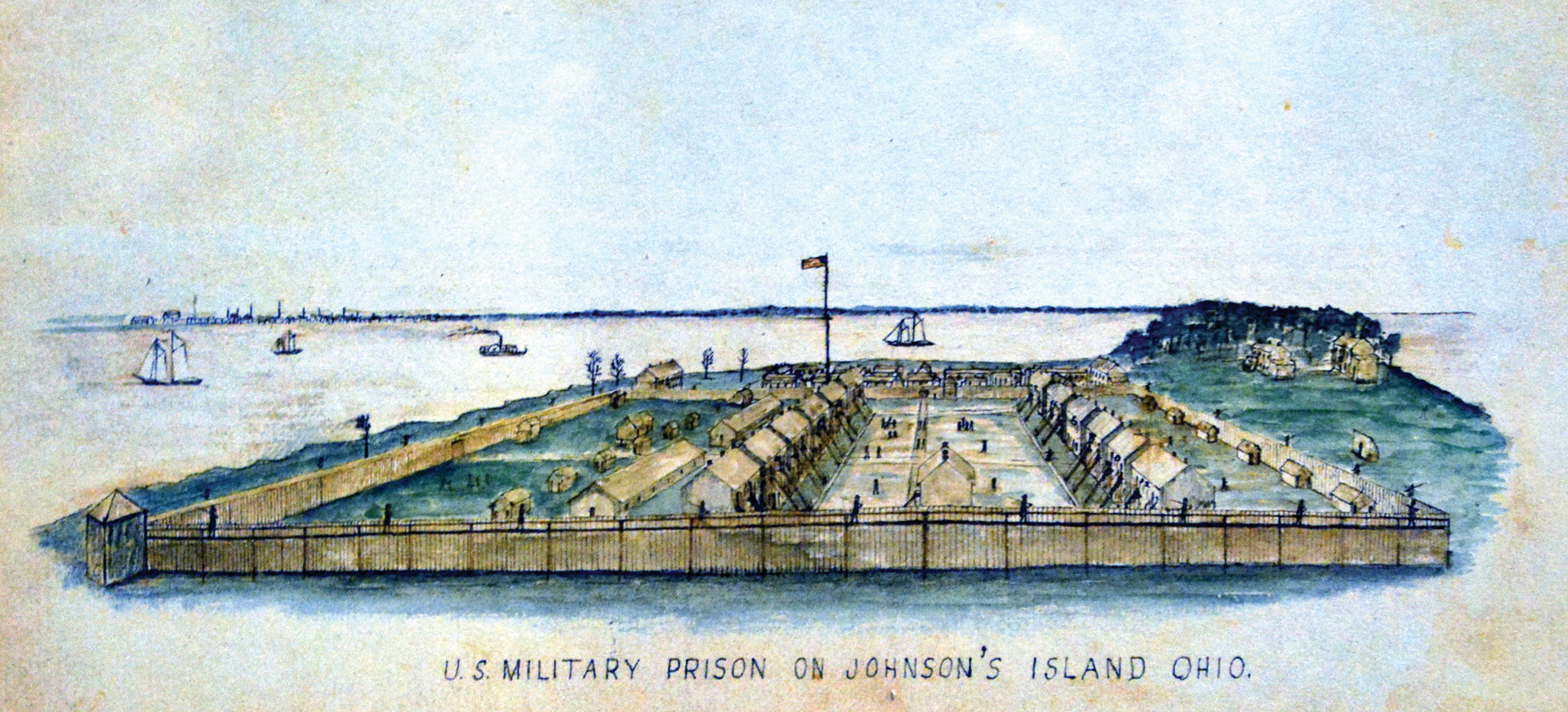

Tom Myers, as well as every other defender of freedom in this war, was a brave person. How they suffered breaks my heart.